Australia's Island & Smallest State
Click images to enlarge
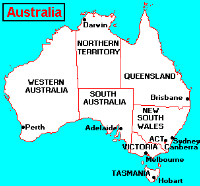
Map courtesy of
about-australia.com
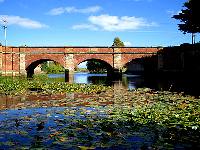
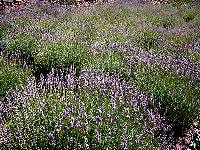



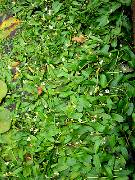
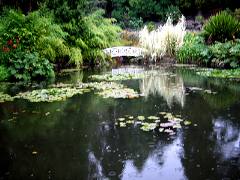
|
Australia's Island & Smallest State Click images to enlarge |
 Map courtesy of about-australia.com |
|
 |
< This is one of the oldest bridges in Campbell Town, Tasmania. Here I found native Water Ribbons (Triglocin procerum) and a water lily flowering, a breathtaking sight accompanied by peaceful sounds of moving water. It reminded me of England. | |
| Along the highway, I just had to stop and take a photo of this mass of French Lavender (Lavendula dentata). The fragrance was very strong. > |

|
|
 |
< Growing in front of an old cottage house that sells home-made jams up in Mt. Elephant was Cosmos bipinnatus. | |
| In the damp ditch areas of the roadside in northwest Tasmania grows this beautiful native Australian iris Diplarrhena latifolia. It is commonly known in Tasmania as the Western Flag Iris. I've been told that it prefers moist but not wet growing conditions. > |
 |
|

|
Whilst visiting the historic site of Port Arthur, once a prison for convicts, in southern Tasmania, I discovered this pond right in the centre of a green grass patch. Growing inside this pond was Water Hawthorn (Aponogeton distachyus) and some hardy water lilies. |
 |

|
Surrounding the main pond of Royal Botanic Gardens in Hobart (the capital city in the state of Tasmania), there are plants like Arundo donax variegata, Gunnera manicata, Lobelia 'Queen Victoria', Miscanthus sinensis variegata, Zantedechia aethiopica and some un-named Hemerocallis hybrids. Within the ponds were Nymphaea 'Marliacea Chromatella', N. 'Conqueror', N. 'Comanche' and many other hardy water lilies. | |
|
|
||